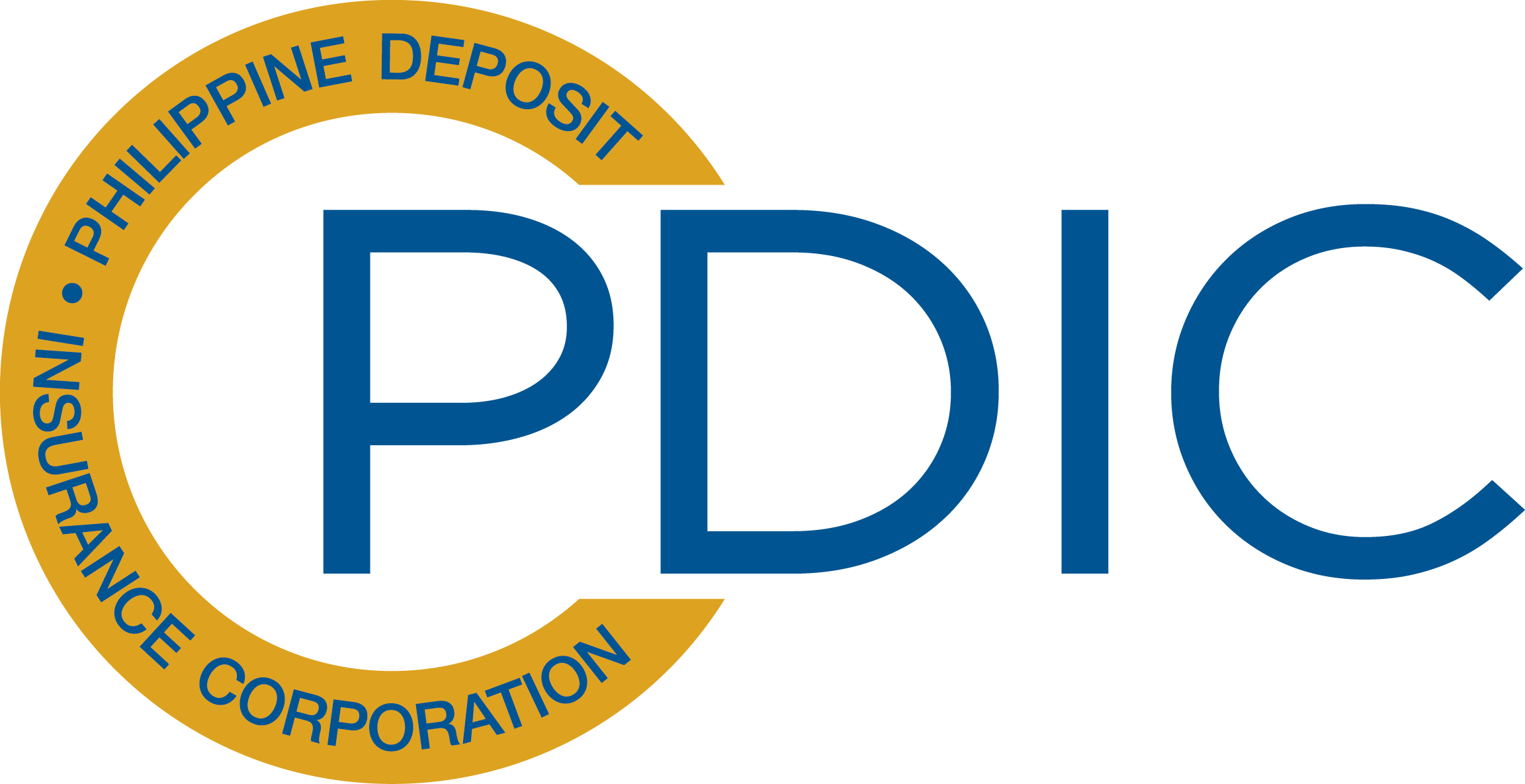| ARCHIVE |
The relationship between risk and yield on investments |
THERE are two fundamental axioms that the investing public must understand and appreciate when investing its hard-earned savings:
Financial scams usually “promise or guarantee” very high yields or returns Based on the premise that the higher the yield the higher the risk, the investing public should be wary of guaranteed returns that are inordinately higher than what is available in the market. The operative term is “promise” or “guarantee.” Legitimate issuers or sellers of investment instruments may sometimes show investment instruments that have the potential to give a high yield or return, but the investor is also duly informed that there is no guarantee on the return and oftentimes even on the recovery of the principal. These instruments and their sellers would have to be duly authorized by the Securities and Exchange Commission, and in case of banks, also by the Bangko Sentral ng Pilipinas. It is always prudent for the investor to see certification from the proper authorities before parting with their money. Ponzi Scams When we read or hear about financial scams we often hear of it being referred to as a Ponzi scheme. This term refers to the notorious Charles Ponzi, who committed the biggest investor fraud in the United States in the early 1920s. Ponzi enticed investors to invest their money with him by promising very high returns, which were paid from the proceeds of new investments. In the process, Ponzi pocketed a lot of the investors’ money himself. Obviously, the investors’ funds were not used to generate earnings and value to economically service the promised return on investment and even to return the principal. It was only the inflow of more investments seeking very high returns that were used to pay the returns and principal of the earlier investors. And when the inflow of new investments slowed down and stopped, the bubble burst and the investors ended up holding the empty bag. Financial scams generally follow the pattern of a “Ponzi” scam of promising very high returns and using the funds coming from new investors to service the returns on existing investors until the inflows can no longer keep up with the outflows and then the bubble bursts. Other terms used to describe financial scams are, “pyramiding,” “kiting” and “borrowing from “Peter to pay Paul.” It must also be borne in mind that the financial scam artist or artists can be very sophisticated. Inevitably the scam perpetrated by Bernard L. Madoff must be mentioned in this subject matter. Madoff was a former chairman of the NASDAQ stock exchange in New York. He fooled rich individuals and even institutional investors who lost about billion by investing in his funds. His scam was discovered during the credit crisis of 2008, shortly after the collapse of the Lehman Brothers Investment Bank. It may be no coincidence that the scam was discovered at this time. Investors around the world including the clients of Madoff were withdrawing their funds out of need or fear of greater losses and hence Madoff could no longer continue with his “kiting” or “pyramiding” operation. Analyzing high yield guarantees on investments There are a few basic guides that should be useful as prudential guides before investing in high-yield instruments or schemes. First is to ask and find out where your funds will be invested in. Next is to ask and verify the certification or authority of the person or institution soliciting the investment. The investment instrument should also be properly registered or authorized for issuance and for selling. The investor must also do some analysis of the instrument compared to other investment instruments available in the market. _____________________________ |
back |
This website uses information-gathering tools including cookies and other similar technology. Data generated are not shared with any other party. For more information, please refer to our privacy policy.
 PDIC is a government instrumentality created in 1963
PDIC is a government instrumentality created in 1963by virtue of Republic Act 3591, as amended, to insure
the deposits of all banks. PDIC exists to protect
depositors by providing deposit insurance coverage for the depositing public and help promote financial stability. PDIC is an attached agency of the Bangko Sentral ng Pilipinas.

Questions? Need Help?
Click Frequently Asked Questions
Trunkline.: (632) 8841-4000
Hotline: (632) 8841-4141
(for Metro Manila clients)
Fax No.: (632) 8841-4085
Email: pad@pdic.gov.ph
Client outside Metro Manila may call
Toll Free: 1-800-1-888-7342 or
1-800-1-888-PDIC

.png?Thursday; May 16, 2024)

Hotline: (632) 8841-4141
(for Metro Manila clients)
Fax No.: (632) 8841-4085
Email: pad@pdic.gov.ph
Client outside Metro Manila may call
Toll Free: 1-800-1-888-7342 or
1-800-1-888-PDIC

.jpeg)
.png)


